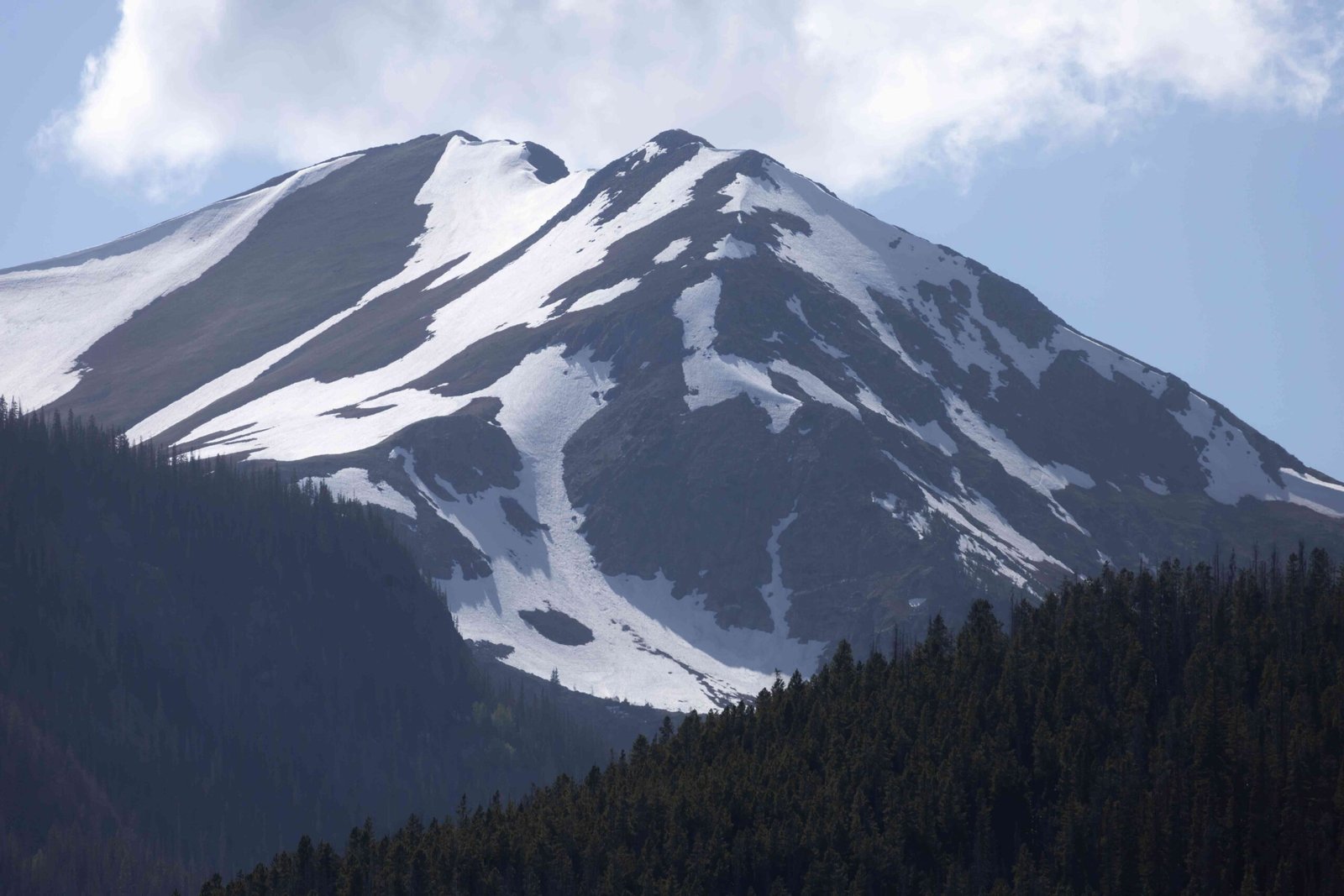Clark’s Nutcracker, a remarkable bird species found in Rocky Mountain National Park, is known for its unique adaptations to high-altitude environments. These birds play a crucial role in seed dispersal and forest regeneration within the park’s ecosystem. With their distinctive gray plumage and sharp, dagger-like bills, Clark’s Nutcrackers are well-equipped to thrive in the challenging mountain habitats of Rocky Mountain National Park.
What Are the Specific Habitats of Clark’s Nutcracker in Rocky Mountain National Park?

Clark’s Nutcrackers in Rocky Mountain National Park are primarily found in open coniferous forests at high elevations. Their preferred habitats include:
- Elevation range: 3,000 to 12,000 feet
- Vegetation types: Stands of coniferous trees such as pines, spruces, firs, and junipers
- Specific tree associations: Whitebark pine, limber pine, and other high-altitude pine species
- Geographic locations: Areas near treeline, subalpine zones, and lower-elevation pine or pinyon-juniper woods
These birds tend to favor areas with nearby water sources and shrubby whitebark or pine stands. Their adaptability to various elevations allows them to move between different habitats within the park based on food availability and seasonal changes.
How Do Clark’s Nutcrackers Feed in Rocky Mountain National Park?

The feeding behavior of Clark’s Nutcrackers in Rocky Mountain National Park is characterized by their unique adaptations and foraging techniques:
Preferred Food Sources:
- Pine seeds (primary food source)
- Other seeds and nuts
- Berries
- Insects
- Eggs and nestlings of other birds
- Carrion (occasionally)
Foraging Techniques:
- Ground and tree foraging
- Use of sharp bills to extract seeds from pine cones
- Insect catching in flight
- Digging for insect larvae in wood
- Seed storage in sublingual pouch for later caching
Seasonal Variations in Feeding Behavior:
| Season | Behavior |
|---|---|
| Summer/Fall | Harvest and cache seeds for winter use |
| Winter | Rely on cached seeds for food |
| Poor cone crop years | Move to lower elevations or further east in search of food |
The Clark’s Nutcracker’s ability to cache seeds and retrieve them later is a crucial adaptation that allows them to survive harsh winter conditions in Rocky Mountain National Park.
Where Are the Primary Nesting Sites of Clark’s Nutcracker in Rocky Mountain National Park?
Clark’s Nutcrackers in Rocky Mountain National Park have specific preferences for their nesting sites:
- Tree Species Used:
- Pines
- Larches
- Junipers
- Spruces
-
Firs
-
Nest Height:
- Typically 8-40 feet above the ground
- Built on horizontal limbs
-
Often on the leeward side of trees for wind protection
-
Proximity to Food Sources:
- Nests are frequently located near seed stores from the previous fall
- This strategic placement allows parents to feed their young with cached seeds during harsh winter months
The choice of nesting sites reflects the Clark’s Nutcracker’s adaptation to the challenging mountain environment and their reliance on cached food sources.
What Is the Distribution and Population of Clark’s Nutcracker in Rocky Mountain National Park?
Understanding the distribution and population dynamics of Clark’s Nutcrackers in Rocky Mountain National Park is essential for conservation efforts:
Distribution:
- Permanent residents in the park
- May move to lower elevations in fall if food is scarce
- Not traditionally migratory, but make local movements between higher and lower elevations
Population Density:
While specific population density estimates for Rocky Mountain National Park are not available, the species is generally considered to be of ‘Least Concern’ by the IUCN, with a stable overall population.
Seasonal Movements:
- Summer: Upslope movement to subalpine zones
- Fall: Downslope movement to lower elevation woods
- Poor cone crop years: Extensive wandering to lower altitudes and further east
These movement patterns highlight the Clark’s Nutcracker’s adaptability and their ability to respond to changing food availability within and around Rocky Mountain National Park.
How Do Clark’s Nutcrackers Impact the Ecosystem of Rocky Mountain National Park?
Clark’s Nutcrackers play a significant role in the ecosystem of Rocky Mountain National Park:
- Seed Dispersal:
- Primary dispersers of whitebark pine seeds
-
Contribute to forest regeneration and expansion
-
Mutualistic Relationship:
-
Interdependence with certain pine species for food and seed dispersal
-
Indicator Species:
-
Their presence and behavior can indicate the health of high-altitude forest ecosystems
-
Food Web Interactions:
- Serve as prey for larger predators
- Compete with other seed-eating species
The ecological impact of Clark’s Nutcrackers extends beyond their immediate habitat, influencing forest composition and wildlife interactions throughout Rocky Mountain National Park.
What Conservation Efforts Are in Place for Clark’s Nutcrackers in Rocky Mountain National Park?
While Clark’s Nutcrackers are not currently considered threatened, conservation efforts in Rocky Mountain National Park focus on preserving their habitat and food sources:
- Habitat Protection:
- Preservation of high-altitude coniferous forests
-
Management of whitebark pine populations
-
Research and Monitoring:
- Ongoing studies of population trends and behavior
-
Assessment of climate change impacts on their habitat
-
Education and Awareness:
- Visitor education programs about the species’ ecological importance
-
Promotion of responsible wildlife viewing practices
-
Ecosystem Management:
- Efforts to maintain healthy forest ecosystems
- Fire management strategies that consider Clark’s Nutcracker habitat needs
These conservation efforts aim to ensure the long-term survival of Clark’s Nutcrackers and maintain the ecological balance in Rocky Mountain National Park.
References:
1. Clark’s Nutcracker | Audubon Field Guide
2. Clark’s Nutcracker – Rocky Mountain National Park (U.S. National Park Service)
3. Clark’s Nutcracker Overview, All About Birds, Cornell Lab of Ornithology

